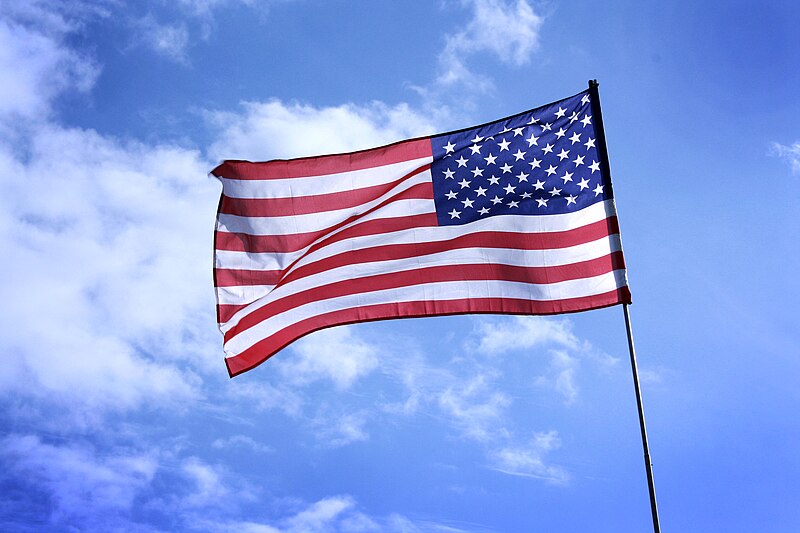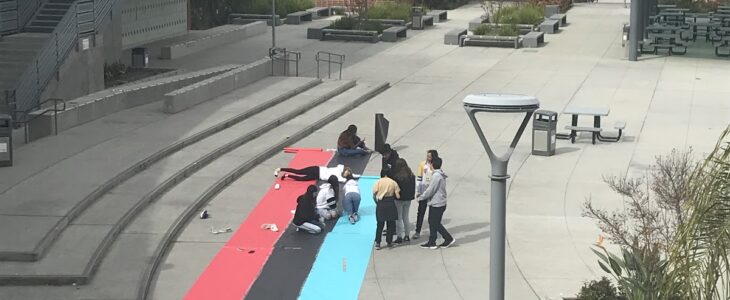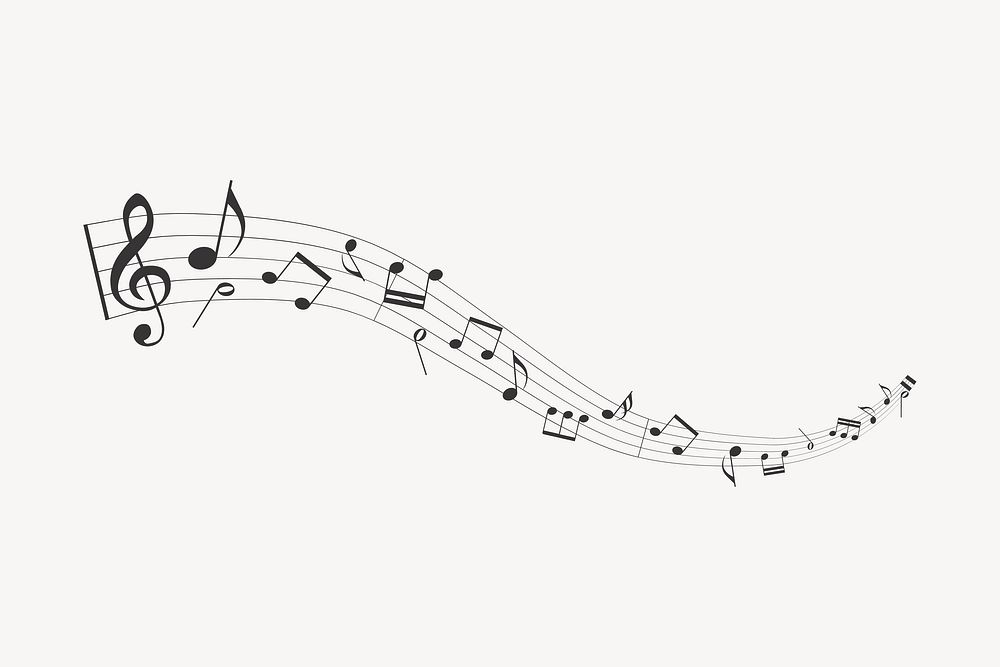Violence against Asian-Americans has been skyrocketing after racist sentiments increased due to COVID-19, with more and more attacks being documented and reported on social media. In order to prevent this, communities are banding together in order to protect their Asian American neighbors, with efforts being made to spread awareness and educate others.
ATTACKS
Most recently, a horrific shooting that left 8 dead, 6 of whom were Asian women, in Atlanta by a white male has triggered a massive response to anti-Asian violence. Not all victims have been identified yet.
The perpetrator targeted 3 Atlanta spas, having been a client at two beforehand as reported by the New York Times. Although not deemed a hate crime yet, it was believed to be sexually motivated, despite the fact that Korea Daily reports that it is unclear if the now-deceased women even provided any illicit services.
However, this isn’t the first time anti-Asian violence has occurred this year.
From Filipino, 61 year old Noel Quintana’s face getting slashed on the L train in Harlem, New York, the pushing of an elderly woman outside a bakery in Flushing, the murder of an 81 year old Thai man, Vicha Ratanapakdee, in Oakland, and two separate attacks of elderly women being punched in the face in New York, to an unapprovoked schoolteacher punched hard enough to fracture one’s nose and chip teeth in Seattle’s Chinatown, and a Nepalese Uber driver being coughed and spit on in San Francisco (and this isn’t even an exhaustive list), this spike in violence targeted specifically towards Asian-Americans have been gaining traction all over social media.
Nearly 1 out of 4 Asian youth experience some form of racism, according to a youth-led study by Stop AAPI Hate, with almost a third of victims experiencing fear for their family’s own safety. Many attacks were blaming Asian Americans, specifically the Chinese (despite the fact that the victim might have not even been Chinese), for the spread of the coronavirus.
Safety concerns have forced Xi’an Famous Foods, based in New York, to close down early amid unprovoked attacks, even occurring in broad daylight, on their employees.
Despite the fact that hate crimes have been declining, those on Asian-Americans have increased 150% in the past year, according to a study by California State University’s Center for the Study of Hate and Extremism , exclusively shared with VOA News, increasing ninefold in New York City with triple digit increases in other cities such as San Jose and Philadelphia.
HISTORY OF RACISM
Racism against Asians is not new, however, it is quite overlooked.
The first clear anti-Asian action taken by the U.S. government was the passage of the Chinese Exclusion Act in 1882, the first one of its kind to prohibit immigration. The act was passed to maintain “racial purity”, despite the fact that Chinese Americans only comprised .002% of the nation’s population. They were seen as stealing jobs from white settlers who came to the West seeking gold and other opportunities. Chinatowns, enclaves of culture, were attacked and set ablaze, with its inhabitants being robbed and murdered. These crimes could not be prosecuted due to the earlier ruling of People v. Hall, which determined that Chinese-Americans could not testify in court due to their perceived inferiority, thus being unable to seek justice in the court system for such crimes against them.
The same was repeated following the immigration of Japanese citizens into the U.S., with the growing population causing increased tensions, especially in California, despite the fact that this was legal. An informal agreement known as the Gentlemen’s Agreement of 1907 was nonbinding, with Japan agreeing to restrict the migration of their citizens in exchange for protection of those already in America following the establishment of exclusionary leagues, especially in San Francisco, demanding segregation.
Anti-Japanese sentiments arose again after the Japanese attack on Pearl Harbor on December 7th, 1941, which prompted America to enter World War II. Roosevelt then issued Executive Order 9066 a few months later, calling for the internment of Japanese-Americans, although it affected Germans and Italians as well. The West Coast was deemed a whole military zone, presumably due to the high concentration of Japanese-Americans. Although evacuation was at first only through voluntary means, Public Proclamation No. 4 forced those not already gone to evacuate and be detained. They lost their property, belongings, and lives as 112,000 Japanese arrived at “assembly centers” before being moved to “relocation centers”, another term for internment camps, where they lived for up to three years in army-styled barracks, before being released without any compensation nor help as to their next steps after being forced to abandon their lives in exchange for an involuntary detention. It would take more than 4 decades before the injustices were acknowledged, with those who were interned being granted $20,000 in reparations.
The murder of Vincent Chin in 1982 by two white men, blaming Asian-Americans for stealing jobs from the auto-industry during a time of recession, was a stark reminder that no matter who you truly are, some people will only see you for your race. However, it was a time where coalitions across all races and ethnicities formed to confront racism and to advocate for change.
Anti-Asian sentiment rose after 9/11, specifically targeting South Asians and Middle Eastern descendants and blaming them for what happened, despite the lack of connection to such crimes.
MODEL MINORITY MYTH + OTHER MODERN STEREOTYPES
“Asians occupy an unique position in the racial hierarchy”, as said by Harmeet Kaur in a CNN article, that is neither equal to whites nor the same as other marginalized communities, such as black, Hispanic, and indigenous people.
As we entered the latter half of the 20th century, with civil rights being fought for by African-Americans, the model minority myth developed, in which Asians are perceived as genetically smarter, meeker, and “hard-working”, with values that align more with whiteness in order to blame the shortcomings of other races on themselves and not the systemic racism present in America. Basically, if these Asians were able to accomplish these things, then why couldn’t these races? However, this myth and these assumptions are unequivocally false. Asians do not have a predisposed, genetic advantage, nor do they meet the same levels of discrimination and prejudice black people have (although it is still present).
Still, microaggressions perpetuate the idea that racism towards Asian-Americans is acceptable. From the “do you eat dogs?” questions, making slanted eyes by stretching the outside skin, “ching chong”, the concept of an Asian cultural and racial monolith, to Trump’s usage of “Chinese virus”, “kung flu”, and more terms to implicity blame Chinese people for the spread of COVID-19 and escape the blame for the poor handling of the pandemic in America, the prejudice and malice behind these words and actions put down Asians for something they cannot control instead of celebrating the many beautiful cultures and traditions they have across all ethnicities and backgrounds.
The fetishization of Asian women, such as in media (“me love you long time” might ring a bell) leads to greater violence, typically sexual in nature such as the supposed motives of the Atlanta shooter, and the stereotypes against Asian men of them not being masculine enough or desexualizing them fuel greater discrimination against them.
Although this is not the totality of racism in both legislature and society that was experienced by Asian Americans, it is important to acknowledge the general history behind such sentiments in order to understand what is happening in this current age.
RESPONSES TO SUCH
How have communities responded to such attacks?
Celebrities, including non-Asians, have spoken up about the violence and to decry such actions. Some, including Jeremy Lin, spoke out about their personal encounters with anti-Asian racism and how normalized it’s become since the beginning of the pandemic.
GoFundMe has also boosted fundraising efforts through the AAPI Community Fund for those affected by violence against Asian Americans and Pacific Islanders, such as restaurants facing damage, nonprofits, medical bills, etc.
The New York Times report that House Democrats have, for the first time in thirty years, held a meeting to discuss anti-Asian discrimination following the Atlanta shooting. President Joe Biden and Vice President Kamala Harris also plan to visit Atlanta to discuss the recent events.
Councilwoman Mai Vang of Sacramento County announced a resolution to pass legislation against anti-Asian hate following the recent uptick in crimes, as reported by NextShark.
Compassion for Oakland is a volunteer-based organization which provides chaperones to walk with anyone near and in Oakland’s Chinatown, with a form to fill out or a hotline if one is needed urgently, with hundreds of volunteers joining to help protect those in their communities.
Intersectional rallies and coalitions have formed in the Bay Area aimed especially at protecting their elders. They want more community-based solutions, rather than more police involvement, which defeats the message of previous Black Lives Matter protests calling for more community involvement and police reform.
It is important to note that intersectionality is important to activism. All communities are affected by racism at its core as white supremacy threatens the livelihoods of nonwhite people. Pitting races against each other, comparing our struggles to put others down and to justify hatred, are fruitless against dismantling the systemic racism present in our nation.
HOW TO HELP
What can you do to help?
Although it feels like, as middle and high school students, there isn’t much we can do to help with our lack of financial resources and inability to vote. However, we are still capable of action.
Shut down microaggressions and “jokes” aimed at the expense of Asian-Americans and educate your peers on why that is wrong. Use social media as a tool to spread awareness and share informative posts and as starting points to further educate yourself. https://anti-asianviolenceresources.carrd.co/ is a good, free resource to start.
Support small, local businesses like those in Garden Grove’s Koreatown and Little Saigon as well as those right here in Costa Mesa, such as Din Tai Fung, Vietnam’s Pearl, California Wok, California Shabu Shabu, and so many more. If you witness an account of racism or bullying at school, stand up to those who’ve initiated it.
Although we are not of voting age, learning about or even participating in small grassroots organizations is a step towards community involvement.
Racism is born out of a place of ignorance and bigotry. Educating those on why their actions and beliefs are unjust as well as learning to celebrate and appreciate the wide diversity of America, not just of Asian descent, is important in fostering hope for a more united future.



